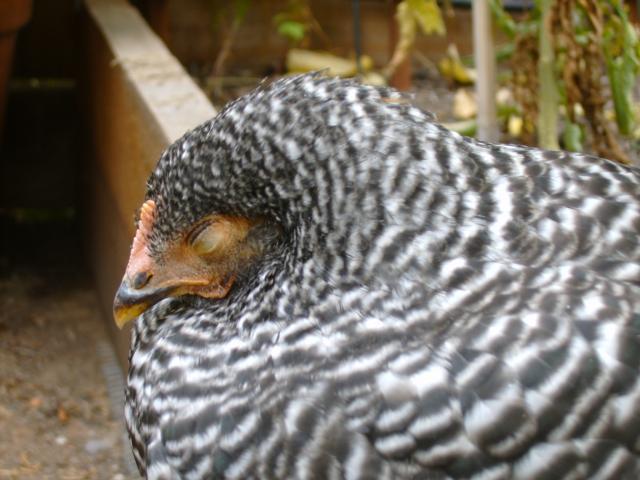The next tomato up on the chopping block is Black Zebra.
Seed Catalog Description:
| |
|
|
| A natural and stabilized cross between Green Zebra and a black tomato by Jeff Dawson. This is one of the STARS of my whole tomato showcase. A proven success with markets and friends. Our TomatoFest organic tomato seeds produce vigorous, indeterminate, regular-leaf tomato plants that produce 4 oz., 1 1/2", juicy, round tomatoes with purple/mahogany-colored skin with green stripes (like brush strokes) with exceptionally rich, complex, really delightful tomato flavors that contain hints of smoke and sweetness. Its flavor also carries the rich complexity associated with the best of black tomatoes. This this is one of our favorites for looks and taste. A winner! Once tried, you will keep this black tomato a place in your garden. |
Production and Earliness:
Black Zebra hasn't produced many fruit so far...only a couple of handfuls in the last few weeks. I imagine that it will only produce a few more fruits this year, judging by the amount that has set on the plant. Not an early variety...mid- to late-season.
Fruit Size, Color, and Shape:
The fruit size is quite small: from 0.5 to 1.5 ounces. I have a hunch that these tomatoes would be bigger if they had been grown in a hot summer climate. The color is beautiful! The picture above doesn't do them justice. They are striped a deep red and dark green. The shape is round with some top- and bottom-flattening.
Plant Growth Habit:
The Black Zebra plant has grown to a medium height. Unfortunately, it's not very vigorous and has been strongly affected by some type of disease. I only grew one plant this year, so it's possible that a larger sample size might have produced some healthy plants.
Texture:
Good texture. The skin was a little bit thicker than I like.
Taste:
Delicious! I tasted Black Zebra, Green Zebra and Paul Robeson together and Black Zebra won for me. It has a complex punch of flavors. The citrus flavor of one of parents (Green Zebra) comes through and there's also a nice "black" flavor. Sweetness is also there to balance the acidity. Really rich flavor when a bit of salt is added.
Cooking and Serving option:
Perfect for slicing into salads or eating right off the vine!
Is it a winner?
If I had a garden that was big enough I would definitely grow this plant every year simply because of the outstanding flavor it has. As it stands, I plan to try it again next year and see if it grows stronger and produces more fruit. (Oh please let it be so!)













